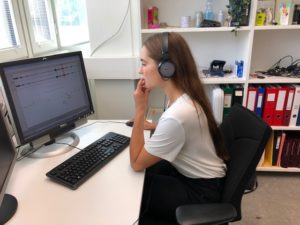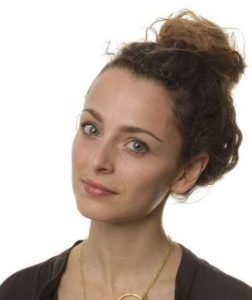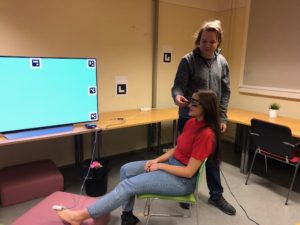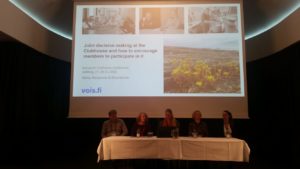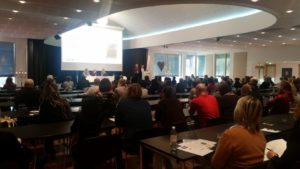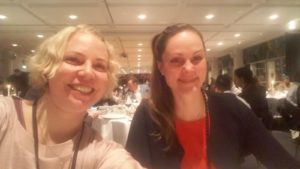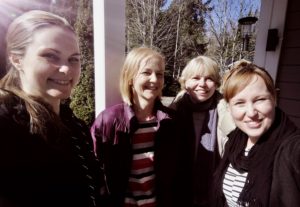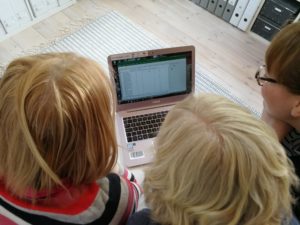The hot-air balloon loses height uncontrollably and is in danger of colliding. To the best of your ability, you make a quick review of the situation; in order for other passengers to survive, one passenger must jump down from the hot-air balloon. The passengers are a promising cancer researcher, a pregnant elementary school teacher, and partner of the teacher, who is also pilot of the hot-air balloon. It is your responsibility to decide who will survive. How would you choose?

Choosing the least evil from several options is an everyday challenge that can cause negative emotions in individuals. Although in Klondike Annie -movie (1936) Mae West had a simple and effective vision for solving moral issues: “Between two evils, I always pick the one I never tried before”, reaching a solution can be challenging. In addition, in situations where decision-making is based on complex moral acquisitions people often tend to discuss these dilemmatic situations and choices in interaction with other people, which makes the situation even more complex.
In our study, we presented a fictional scenario, similar to one described at the beginning of the blog post, for two sets of pairs, consisting of both depressed and non-depressed individuals. Relying on the personal moral judgment of the participants is essentially linked to solving moral dilemmas: making suggestions, defending one’s own or views that are perceived as right, and opposing those that are perceived as false or reprehensible. The contents of these statements can evoke strong emotions in individuals, but they can also be reflected in physical reactions. For example, during proposals that suggested a victim or disagreed with a conversation partner, more intense changes were observed in the skin conductance than, for example, in proposals about rescuing a person.
Speakers can also increase the interactive power of statements with their gaze. When a conversation partner looks you straight in the eye and says “we can do this”, the contribution is much more powerful than when it is uttered looking at the walls. Eye contact is also easier to make when the topic of discussion is easy and less personal. When the topic is difficult or the speaker feels insecure or ashamed people tend to look away from the listener. Indeed, in our study, looking at the partner occurred most often when the speaker took a strong position to save the person.
While making a conversational contribution in moral dilemmas often entails speakers to put something of him- or herself “out there” for others to judge, and thus to submit into a vulnerable position, the contents of statements can play a significant role in how they affect an individual’s behavior and physiological reactions. Surprisingly, there were few differences between depressed and non-depressed people in our study, except for the gaze alignment. Thus, in order to create a better understanding of the affective corollaries of human social interaction necessitates a balanced consideration of both contents of talk and behavioral patterns.
The text is based on Koskinen, E., Tuhkanen, S., Järvensivu, M., Savander, E., Valkeapää, T., Valkia, K., Weiste, E., & Stevanovic, M. (2020). The Psychophysiological Experience of Solving Moral Dilemmas Together: An Interdisciplinary Comparison Between Participants With and Without Depression -article.

